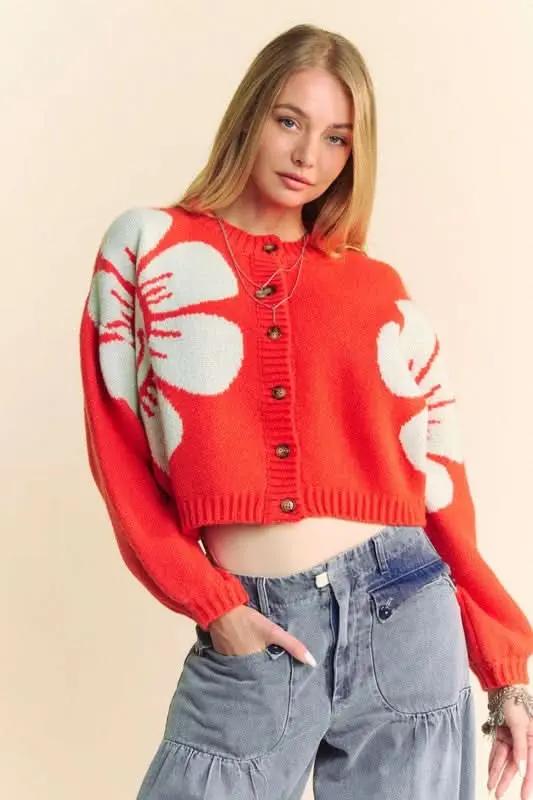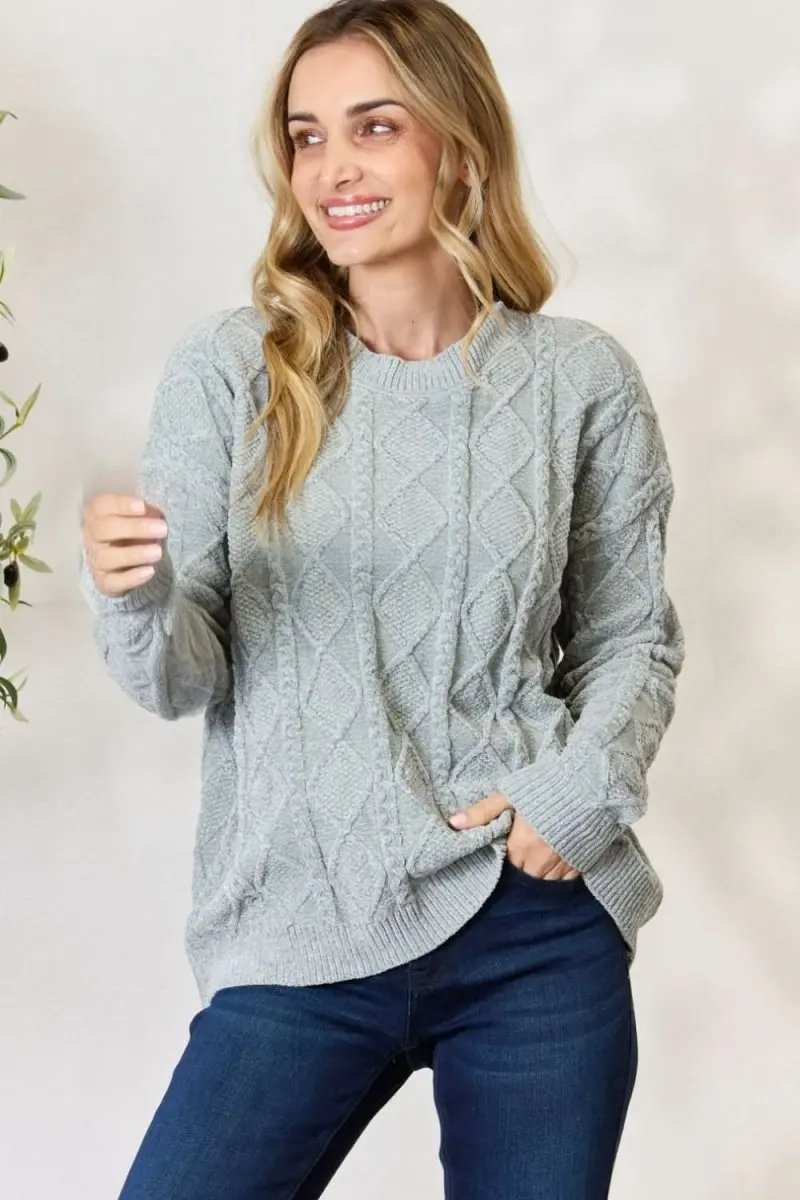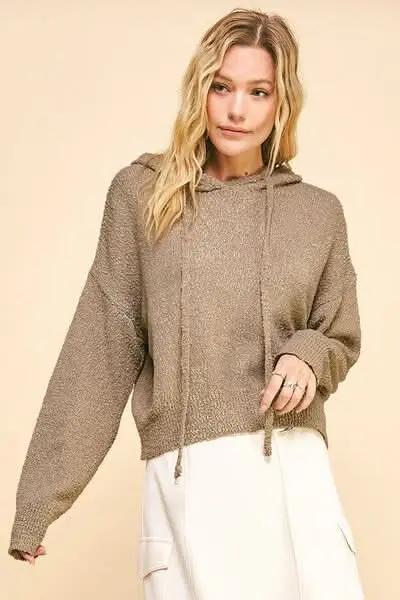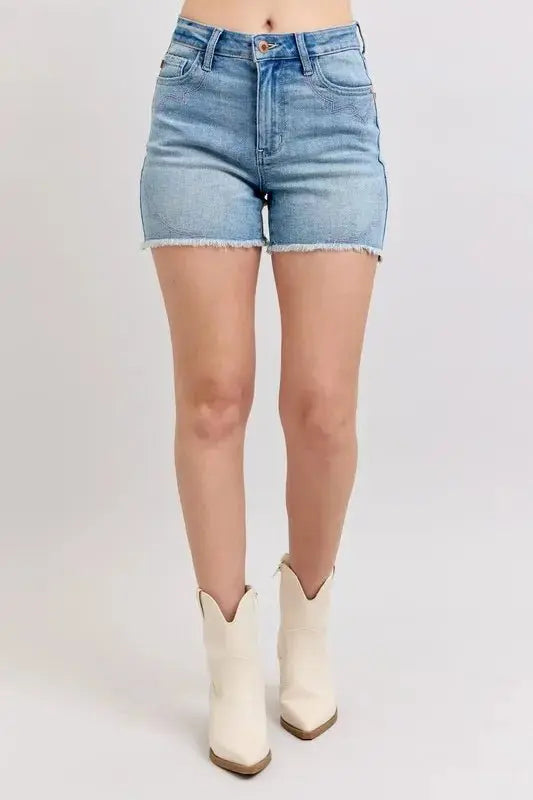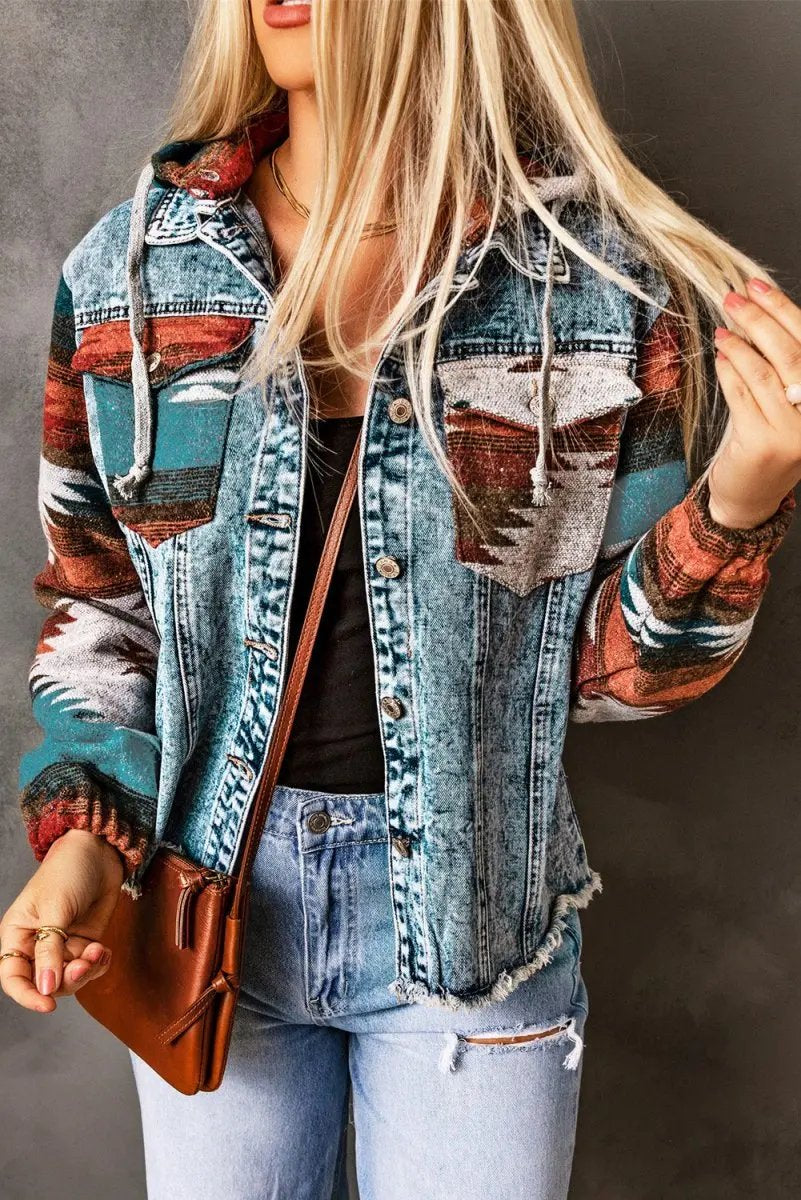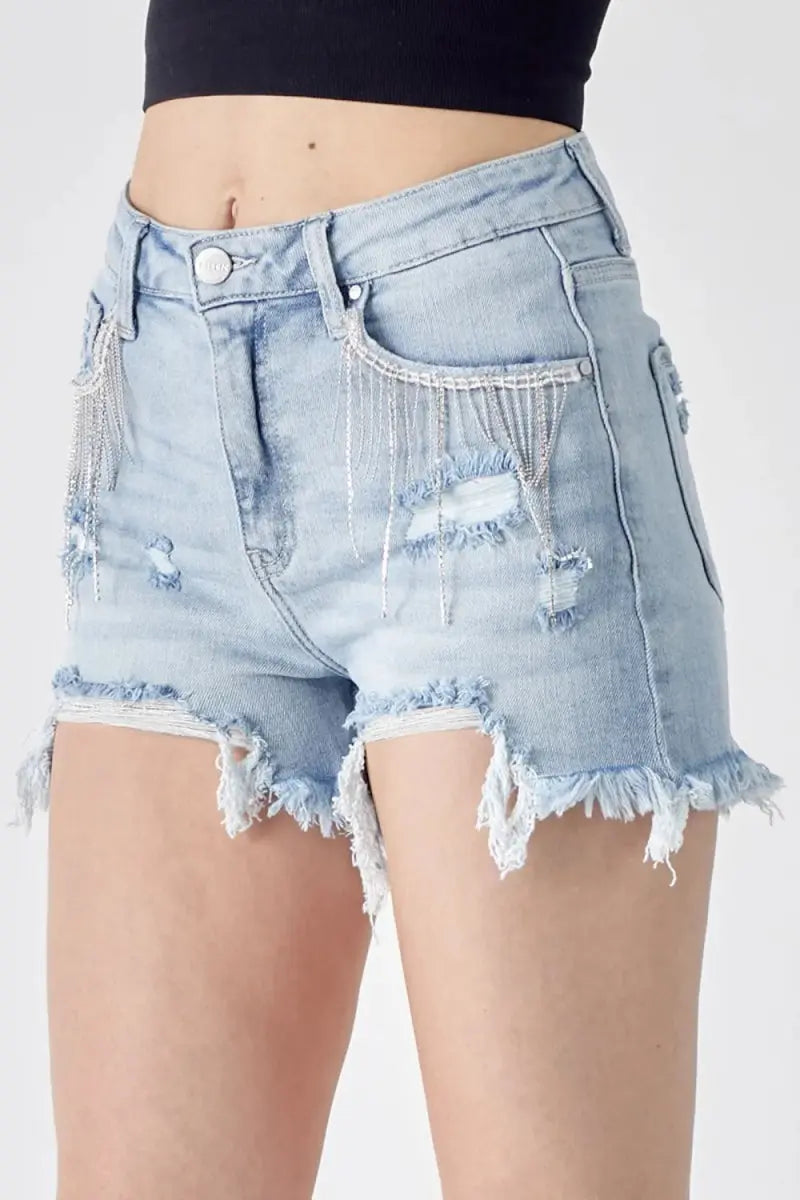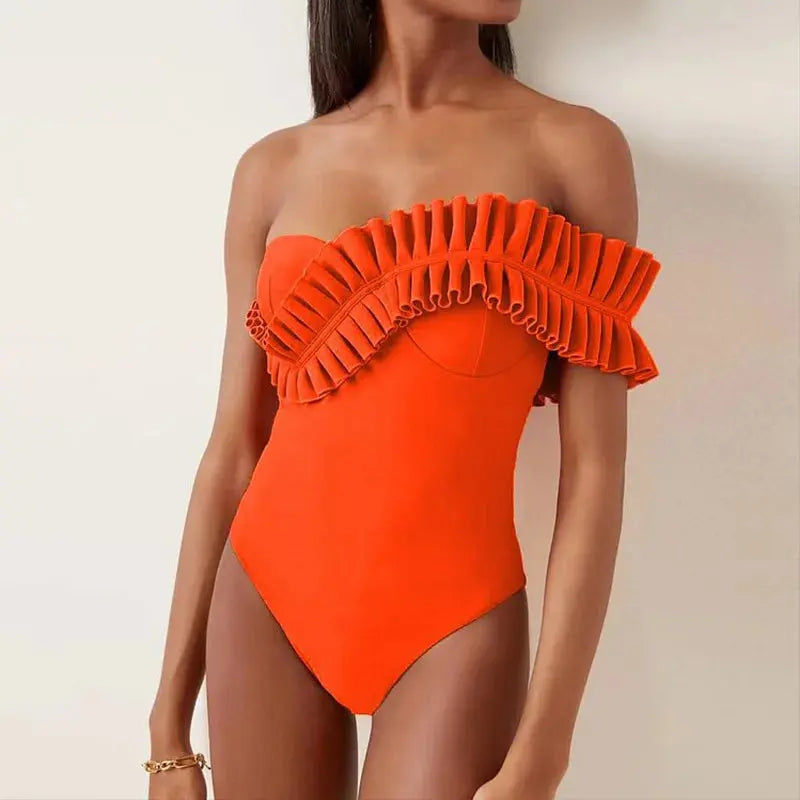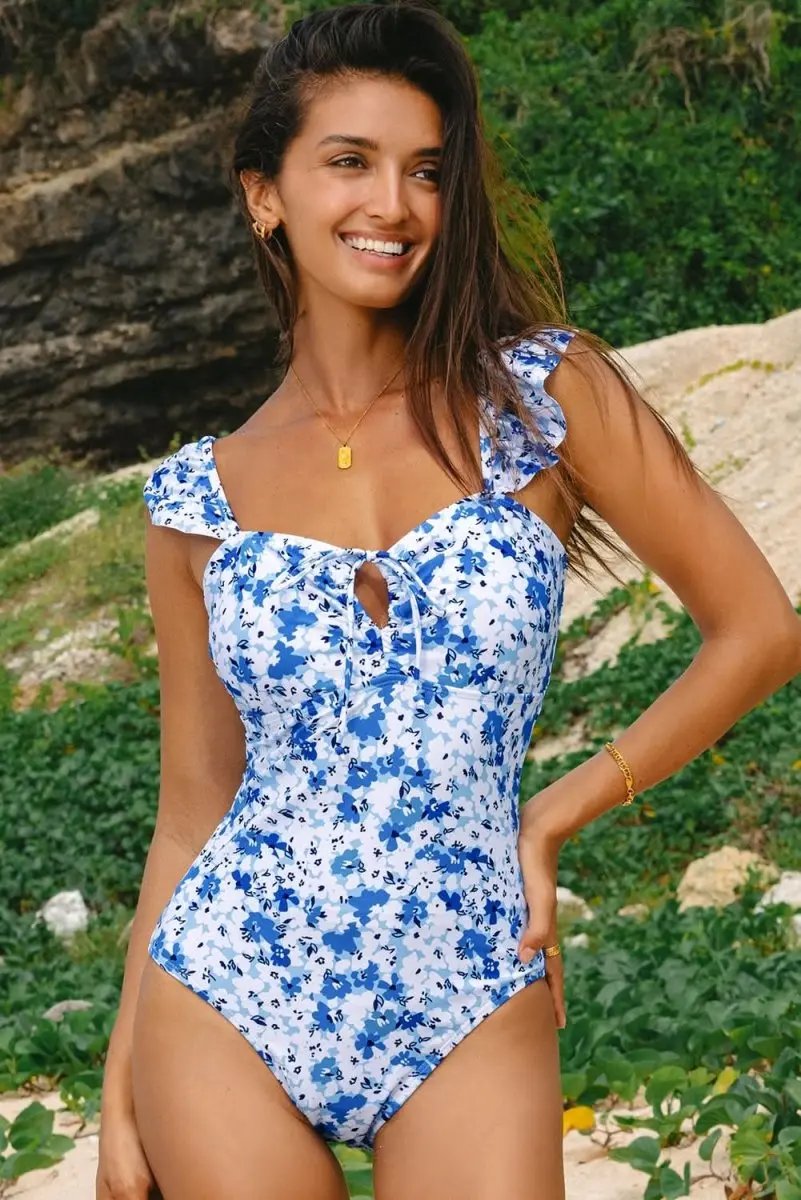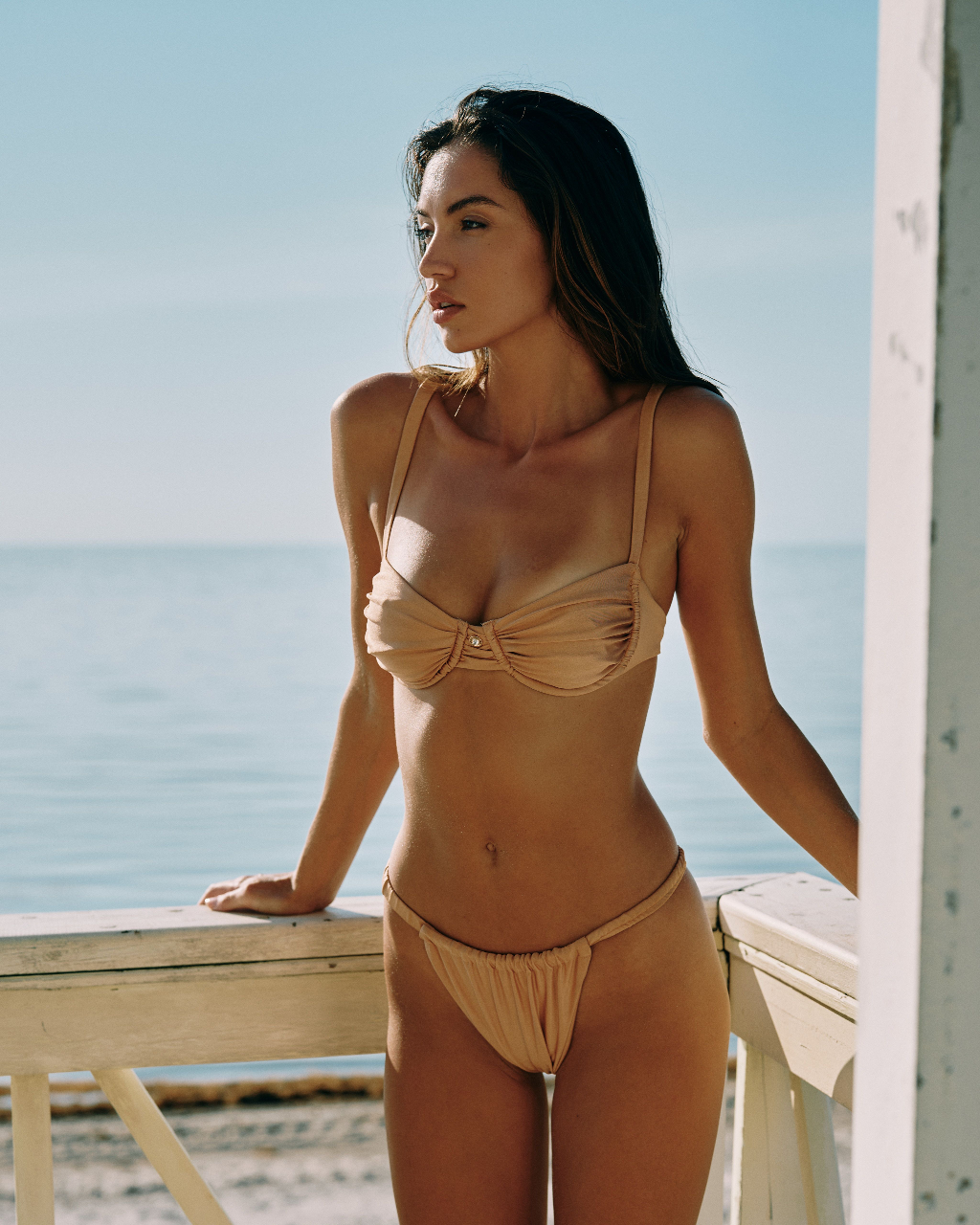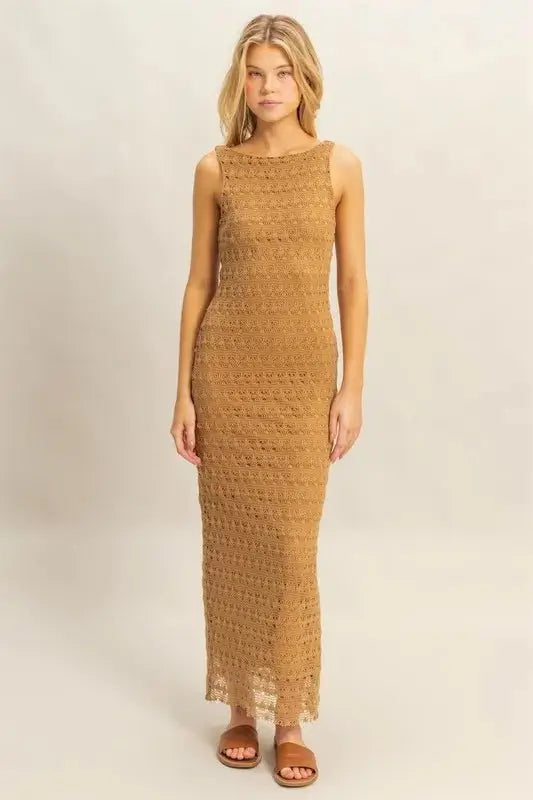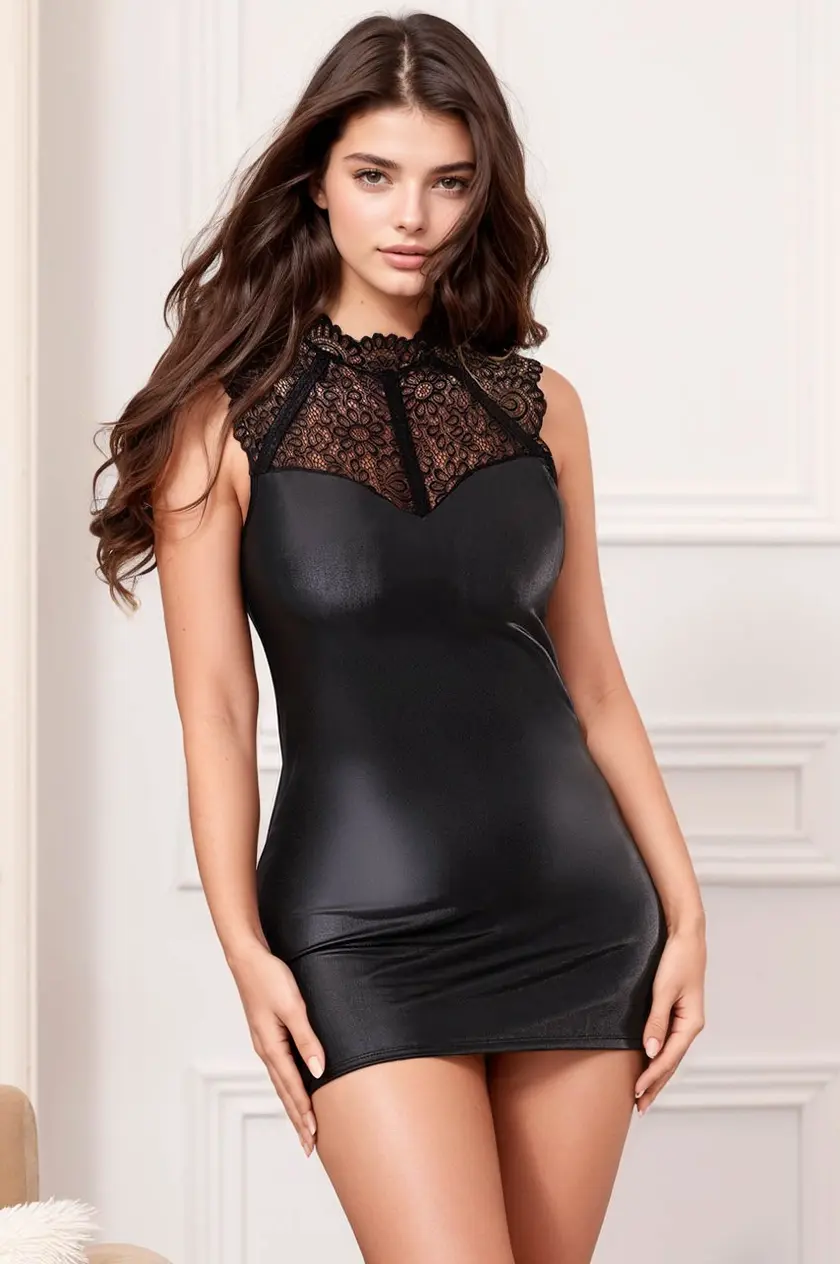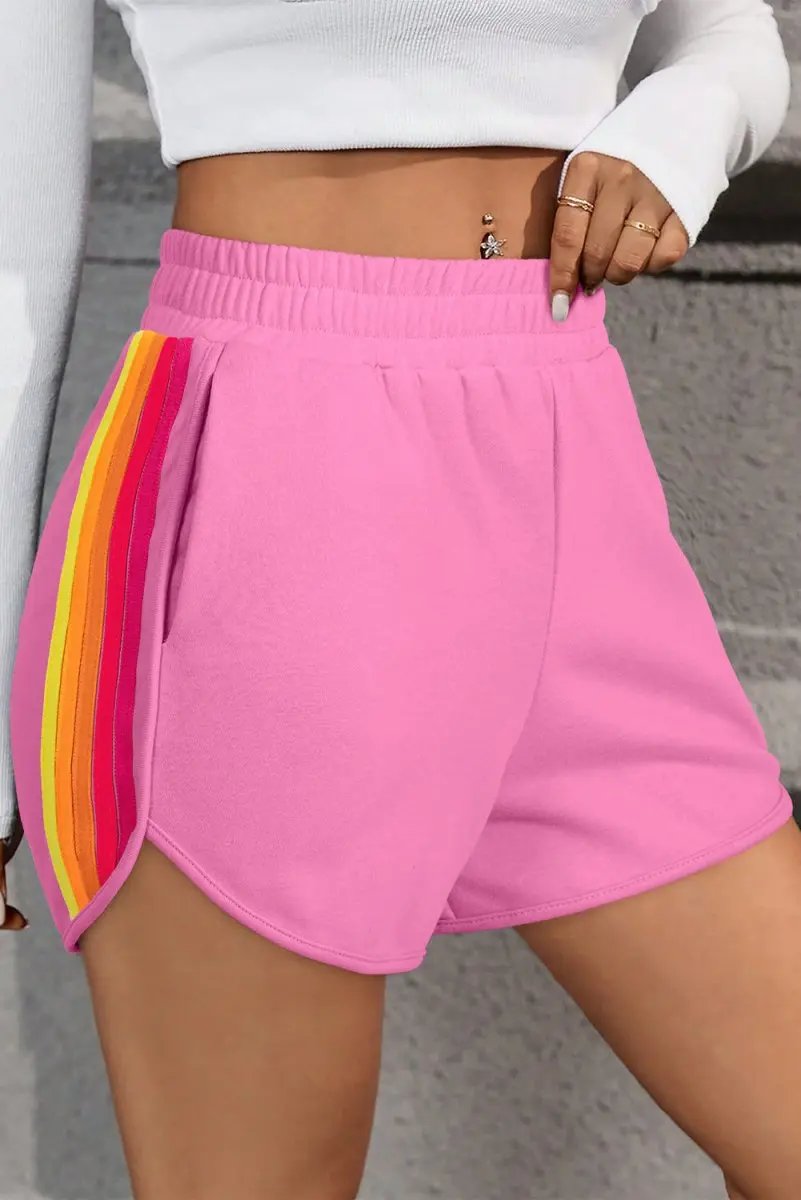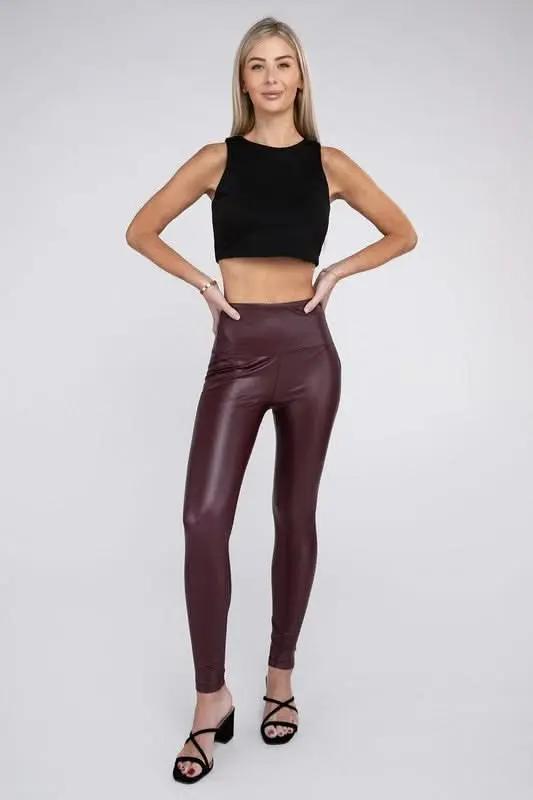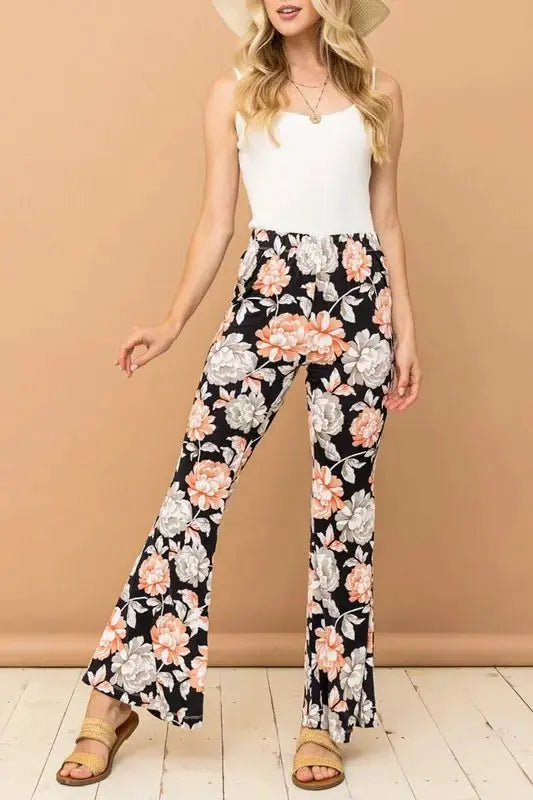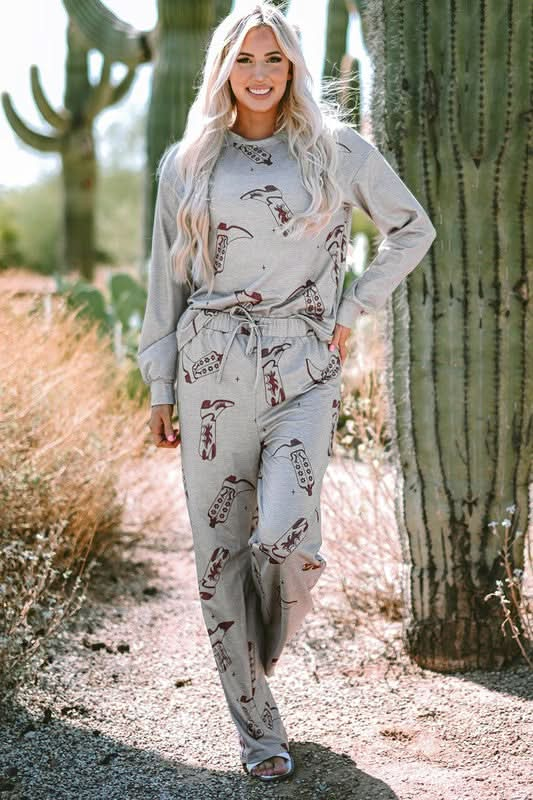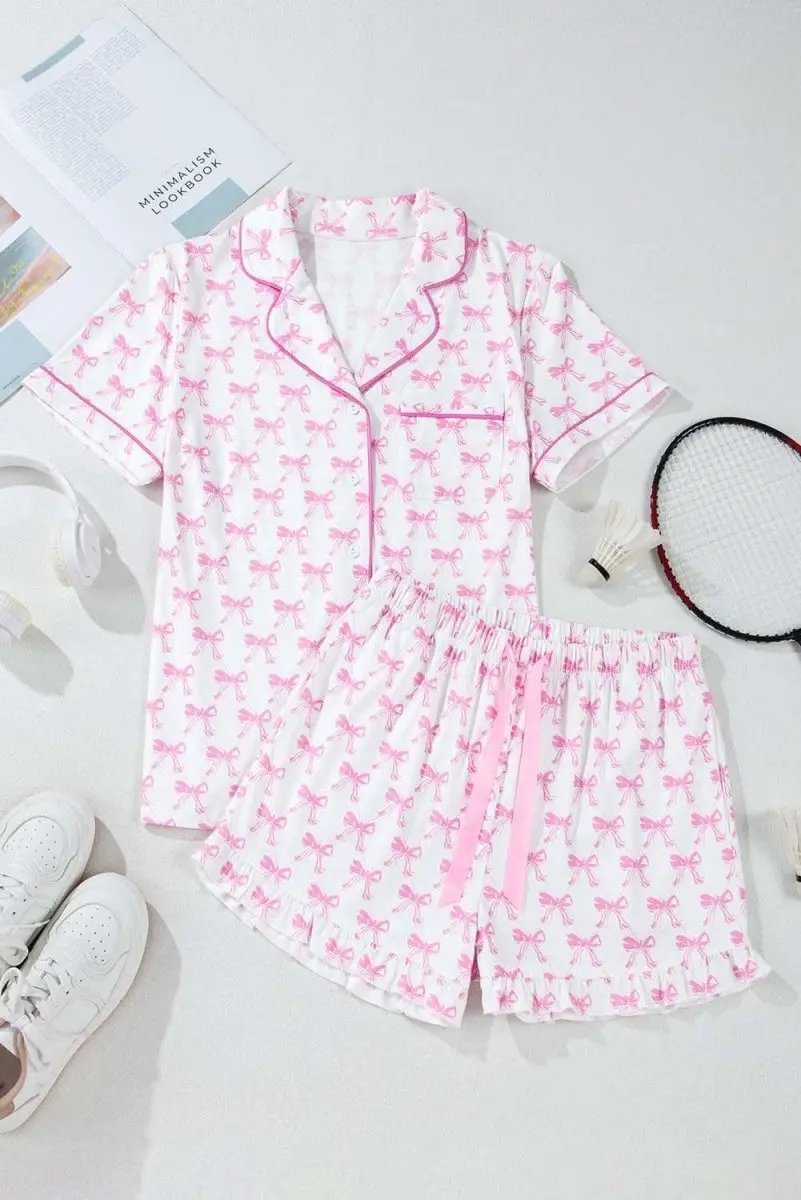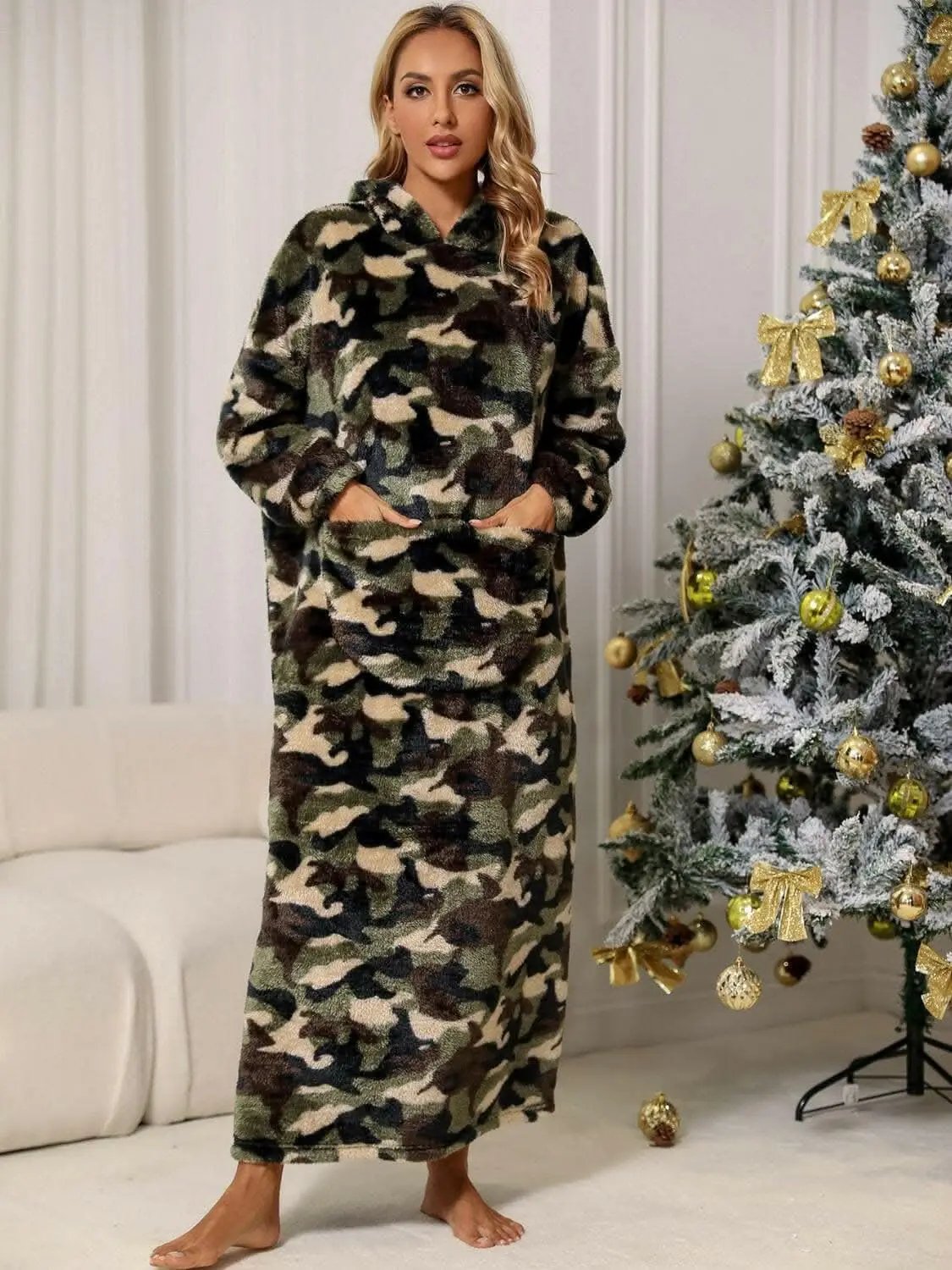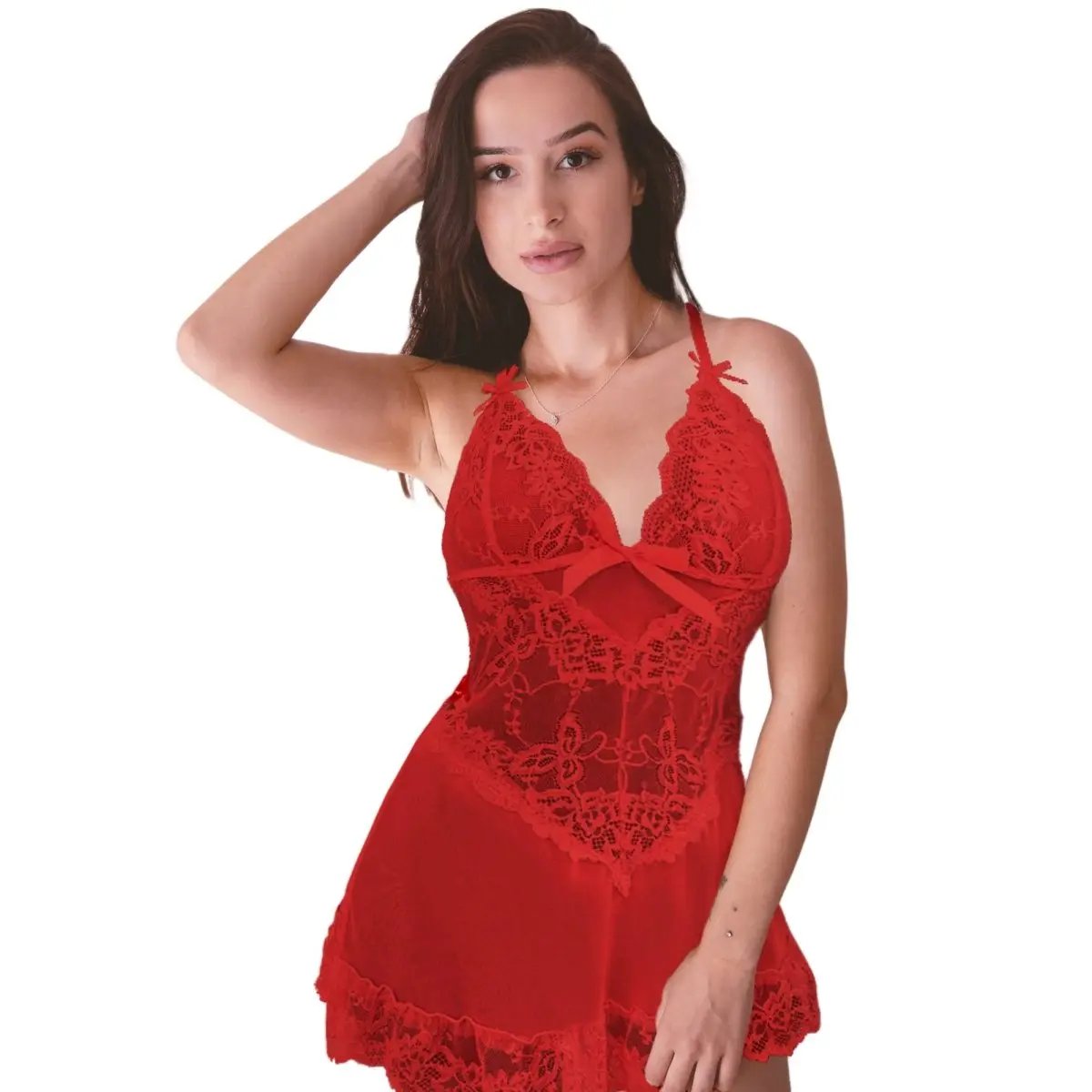Introduction
In 2025, the fashion industry is undergoing a profound transformation driven by two powerful forces: sustainability and inclusivity. Consumers are increasingly demanding products that align with their values of environmental responsibility and celebrating diversity. Among these waves of change, eco-friendly textiles are emerging as the cornerstone of a new era in plus-size fashion, enabling brands to create stylish, comfortable, and conscientious apparel for a broader range of bodies. This comprehensive review explores how the adoption of eco-friendly textiles is revolutionizing plus-size fashion and influencing the inclusive style movement at large.
The Convergence of Sustainability and Inclusivity in Modern Fashion
Traditional fashion industry practices have often been criticized for environmental degradation and lack of size diversity. However, the last decade has seen a paradigm shift, where sustainability and inclusivity are no longer isolated goals but integrated principles shaping brand strategies. Consumers now seek transparent brands that prioritize eco-conscious production methods while offering diverse size ranges. The integration of eco-friendly textiles into plus-size collections exemplifies this convergence, leading to a more responsible and inclusive industry.
Understanding Eco-Friendly Textiles: The Foundation of Change
Eco-friendly textiles, also known as sustainable fabrics, are materials produced with minimal environmental impact, reduced water and energy consumption, and ethical labor practices. Their increased adoption in plus-size fashion is driven by their superior qualities, versatility, and the message they send to consumers about values aligned with ecological preservation and body positivity.
Top Eco-Friendly Fabrics Powering Plus-Size Fashion in 2025
Let’s explore the key materials leading the movement:
- Organic Cotton: Cultivated without synthetic fertilizers or pesticides, organic cotton reduces chemical runoff and soil degradation. It offers a soft, breathable, and durable fabric perfect for everyday plus-size wear.
- Bamboo Fabric: Recognized for its rapid renewability and natural antibacterial properties, bamboo fabric provides a silky texture and excellent flexibility, essential for designing inclusive, comfortable clothing.
- Tencel (Lyocell): Manufactured through an environmentally friendly closed-loop process, Tencel is biodegradable with high moisture-wicking qualities, making it a preferred choice for versatile plus-size outfits.
- Recycled Polyester: Derived from plastic waste like PET bottles, recycled polyester helps divert waste from landfills and oceans, producing resilient garments suited for diverse sizes and active lifestyles.
- Linen: Known for its natural, breathable fibers, linen is both eco-friendly and temperature-regulating, ideal for plus-size clothing designed for comfort in various climates.
- Hemp: A highly sustainable crop requiring minimal water and pesticides, hemp fabric is incredibly durable and lends itself well to stylish, long-lasting plus-size apparel.
Advantages of Eco-Friendly Textiles in Plus-Size Fashion
Implementing these textiles offers multiple benefits:
- Environmental Impact Reduction: Lower water usage, reduced chemical runoff, and decreased carbon footprint compared to conventional fabrics.
- Enhanced Comfort and Fit: Natural and renewable fabrics often provide superior breathability, stretch, and softness, which are critical for designing plus-size clothing that fits and feels good.
- Supporting Ethical Manufacturing: Many eco-friendly textiles are produced through fair labor practices, supporting community development and workers’ rights.
- Consumer Engagement: Transparency in sourcing and manufacturing fosters trust and brand loyalty among increasingly eco-conscious shoppers.
How Eco-Conscious Designs are Promoting Inclusivity
Beyond the materials used, designers are integrating eco-friendly textiles into inclusive fashion lines that emphasize:
- Size Diversity: Offering a broad size range with quality fabrics that adapt comfortably to various body shapes.
- Adaptive Clothing: Creating functional garments using sustainable fabrics for people with different mobility needs.
- Fashion-Forward Styles: Combining sustainability with trendy aesthetics to appeal to modern, diverse consumers who want stylish options that reflect their values.
Brand Examples Leading the Way
Several forward-thinking brands are setting benchmarks in this movement:
- EcoChic Plus: Specializes in eco-friendly, plus-size collections utilizing organic cotton and recycled fabrics, emphasizing both fit and sustainability.
- GreenCurve: Known for incorporating bamboo and linen into inclusive plus-size designs, promoting climate-conscious choices.
- ReVive Fashion: Uses Tencel and hemp to create durable clothing lines targeted at eco-aware consumers seeking body-positive styles.
The Future Outlook: Sustainable and Inclusive Fashion in 2025 and Beyond
The trajectory of plus-size fashion in 2025 points towards even greater integration of eco-friendly textiles. Advances in textile technology will lead to more affordable, higher-quality sustainable fabrics, encouraging wider adoption among brands of all sizes. Moreover, increased consumer education about the benefits of eco-textiles will foster demand for ethically produced plus-size clothing.
Transparency will play a pivotal role as certifications and eco-labels become more standardized, helping shoppers make informed choices. The industry’s commitment to both sustainability and inclusivity promises to reshape fashion into a more responsible and accepting space that recognizes diverse bodies and the health of our planet.
Conclusion
Revolutionizing plus-size fashion with eco-friendly textiles is emblematic of a broader cultural shift towards conscientious consumerism and body positivity. By embracing sustainable fabrics, designers and brands are not only reducing their environmental impact but also creating a more equitable fashion landscape that celebrates all sizes and shapes. As we look to 2025, this integrated approach promises a future where style, sustainability, and inclusivity coexist harmoniously, setting new standards for the global fashion industry.
